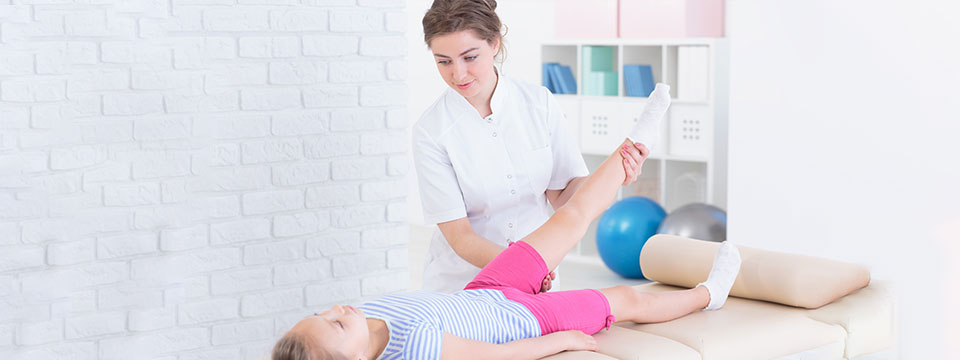Refining a Science of Workplace Design to Optimize Ease and Performance in Work Environments
Refining a Science of Workplace Design to Optimize Ease and Performance in Work Environments
Blog Article
Mastering the art of workplace optimization is essential for creating workspaces that advance postural health and productivity. Applied ergonomics is the methodology of tailoring occupational settings, apparatus, and responsibilities to accommodate the needs of team members. By emphasizing how individuals engage with their workspace, businesses can minimize risk of injury and avoid repetitive stress disorders. An ergonomic workspace supports fluid movement and minimizes strain, which can result in improved effectiveness and well-being among staff members.
One key aspect of ergonomic planning is the placement of workstation elements and devices. Work surfaces should be at a position that permits users to sit with their arms at a 90-degree angle while keyboarding. Seating options should offer proper lumbar stability for the lower back, encouraging spinal alignment. Additionally, screens should be positioned at neutral gaze level to prevent cervical tension. By ensuring that these elements are properly configured, workers can maintain a comfortable position throughout their tasks, reducing fatigue and boosting concentration.
Another critical dimension in an ergonomic workspace is the use of appropriate devices and equipment. This includes typing hardware, pointing devices, and other instruments engineered to minimize repetitive strain injuries. For instance, using an ergonomic keyboard can contribute to minimize wrist pain caused by long-term typing. Furthermore, ergonomic seating and height-adjustable workstations allow employees to change their position throughout the day, which can alleviate physical stress and increase alertness. Allocating resources toward quality ergonomic furnishings can lead to healthier work habits and higher productivity rates.
Visual conditions is physiotherapy for sports injuries also a core aspect in workspace ergonomics. Proper lighting can reduce ocular stress and support staff to concentrate on their tasks. Natural light is preferable, but if that is not feasible, using adjustable artificial lighting can help providing a inviting atmosphere. It is advisable to avoid overhead fluorescent lights that may induce visual discomfort or fatigue. By ensuring get redirected here sufficient lighting, organizations can create an environment that advances both comfort and output.
Finally, advocating for scheduled breaks is imperative for maintaining an balanced workspace. Reminding workers to take short breaks can assist relieve physical tension and mental overload. During these breaks, users should be encouraged to move around or change location to stimulate physical engagement. Implementing scheduled break times can facilitate build a structure that prioritizes human performance without compromising productivity. In summary, applying ergonomics in the workplace not only improves well-being but also fosters a more sustainable work culture where employees can thrive.